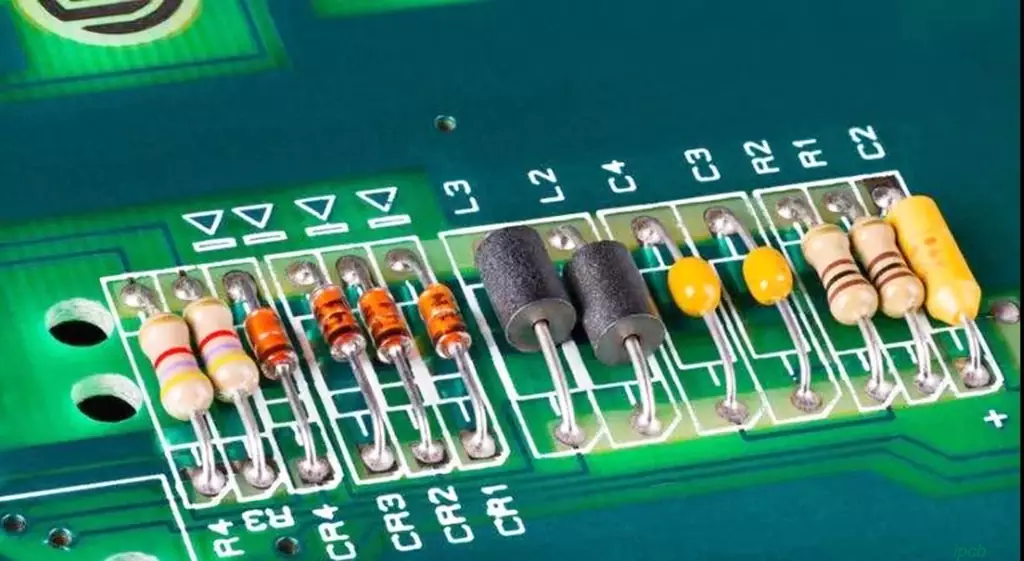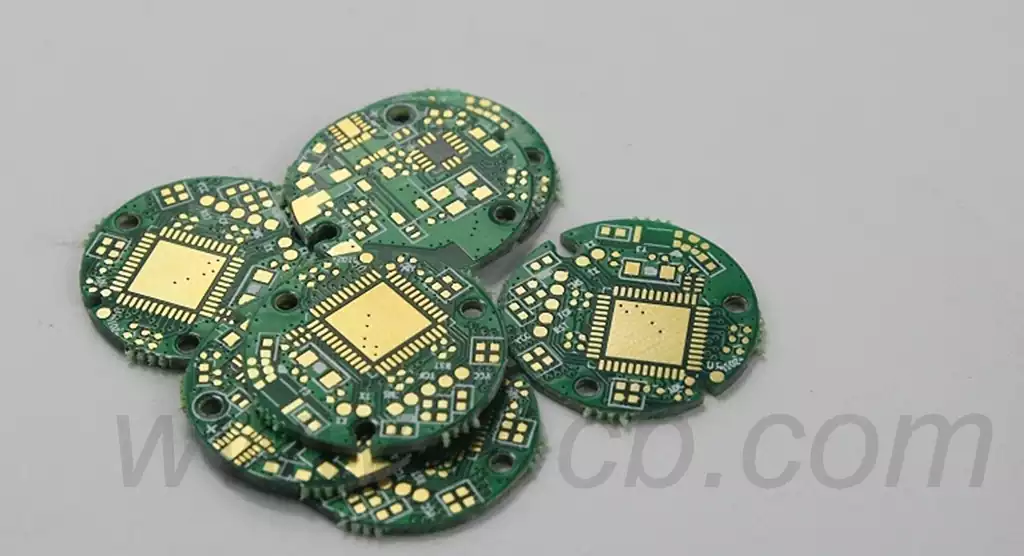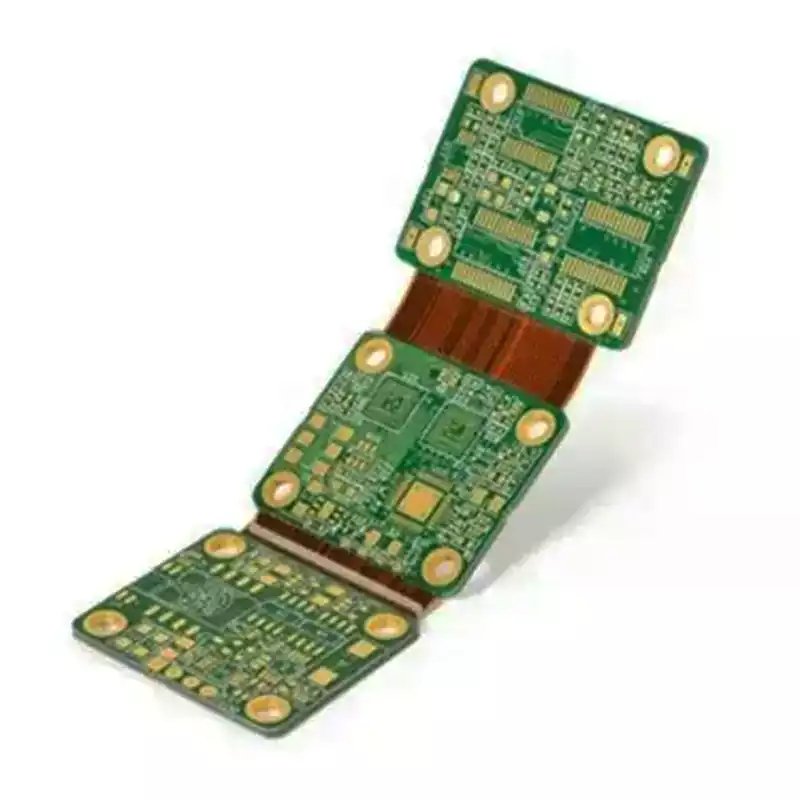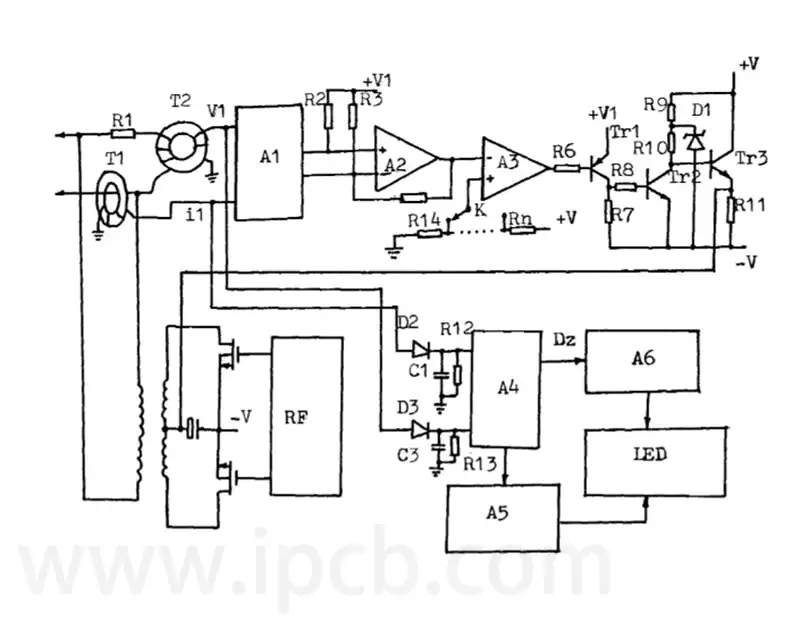What is the relation between resistance and current?In a circuit system, the power supply is responsible for providing the potential difference that allows current to flow in the circuit. The current passes through a resistor which causes a voltage drop and eventually returns to the power supply. According to Ohm’s law, current is inversely proportional to resistance, meaning that the higher the resistance, the less charge passes through the conductor per unit of time, resulting in a decrease in current; conversely, the lower the resistance, the more charge passes through the conductor per unit of time, resulting in a corresponding increase in current.
The size of the resistance is mainly determined by the material, cross-sectional area and length of the conductor. The higher the resistivity of the conductor material, the greater the resistance value; the larger the cross-sectional area of the conductor, the smaller the resistance value; and the longer the length of the conductor, the resistance value will increase.
Resistors are important electronic components in electronic circuits, and their main function is to limit current. A resistor slows down the flow of current by providing resistance, thus enabling the control of current and voltage in a circuit. The resistance value of a resistor can be adjusted to meet the needs of the circuit design by using resistors made of different materials. In addition, resistors are also commonly used in voltage divider circuits to reduce the voltage to a desired level.

Applications of current and resistance:
1) Current is the rate at which charge flows in a circuit, and a variety of functions can be accomplished by controlling current. For example, current controllers in electronic devices can regulate the power consumption of the device to achieve energy savings. At the same time, current is also an important factor in driving the work of devices such as motors and generators, realizing the conversion of mechanical energy to electrical energy.
2) Resistance is a physical quantity that hinders the flow of current in a circuit, and the amount of current in a circuit can be controlled by changing the resistance value. For example, resistors in electronic devices can adjust the resistance of a circuit to control the current. In addition, resistors can be used to limit the amount of current and protect components in a circuit from high current damage.
The selection of line width is a critical step in PCB design. Line width directly affects the flow of current. Too narrow a line width can lead to problems such as overheating and burning of electronic components, while too wide a line width wastes material and increases board area.
Since PCB line width is inversely proportional to current, a decrease in line width will result in an increase in current density. Current density is the intensity of the current passing through the unit area, which is directly proportional to the line width and current. Therefore, when the line width is too small, the current density may exceed the carrying capacity of the conductor, resulting in overheating and damage to electronic components.
Resistor is one of the widely used components in electronic circuits. Its main physical property is to convert electrical energy into heat, and it can be described as an energy-consuming component. Heat is generated when current is passed through a resistor. Resistors are usually used in circuits for voltage dividing and shunting voltages, and for signals, both AC and DC signals, can be transmitted through resistors.
In a circuit, resistance and current are interrelated, and their relationship directly affects the performance and working condition of the circuit.



